Beat the Market: Invest by Knowing What Stocks to Buy and What Stocks to Sell
$24.30
| Author(s) | |
|---|---|
| Pages |
183 |
| Format |
|
| Publication Year |
2008 |
In Beat the Market, Charles Kirkpatrick demonstrates just how powerful a tool relative strength is, deftly combining technical and fundamental analysis to produce a superior long-term approach. This isn’t just theory, but the real-time work of a practitioner with an outstanding track record. For many years a small group of knowledgeable investors has known about this work, now you can too.
Introductions:
If you manage your own investments and want to understand what investing methods are worthwhile and what methods are best avoided, this book is for you. It is also for those who wish to manage their own investments but don’t know how to do it. You will understand the problems and costs of professional management and the inconsistencies in traditional investment methods. You will explore three methods using different information to buy and to sell stocks. Most books on investment leave out what to do after you have bought stocks. I show you when they should be sold.
The historic results of these methods, when melded together, have proven reliable in all kinds of markets over the past 30 years. I show you that the stock market is still the best investment vehicle, how and when to buy and sell individual stocks, when to be out of the market, and how to construct a working portfolio.
Above all, I show you that it is impossible to predict markets or the economy, but it is still probable that you can make money. You must react to circumstances rather than predict outcomes. Using these methods, you will find that you can successfully invest for yourself. My purpose is to show how you, by yourself, can outperform the stock market and reduce the risk of capital loss from poor decisions. You do not need to pay outrageous fees or be subjected to the incomprehensible and often incorrect theories or deceptive jargon that is thrown at you by brokers and money managers trying to get your money under their management.
However, if you prefer to use advisors in the allocation of your assets, please be critical of their past performance, the reasons and history of their advice, and the fee structure and hidden costs not only of your advisor, but also of the investments in which your assets are placed. These fees can act as a significant deterrent to your portfolio’s performance.
Contents:
- Investing Today
- Beliefs and Biases
- Investment Risk
- Conventional Analysis
- Prediction Versus Reaction
- Meeting the Relatives
- Value Selection
- Relative Reported Earnings Growth Selection
- Relative Price Strength Selection
- Putting It Together
- Selecting and Deleting Stocks
- Creating a Portfolio of Stocks
Beat the Market: Invest by Knowing What Stocks to Buy and What Stocks to Sell By Charles D. Kirkpatrick pdf
18 reviews for Beat the Market: Invest by Knowing What Stocks to Buy and What Stocks to Sell
Clear filtersOnly logged in customers who have purchased this product may leave a review.

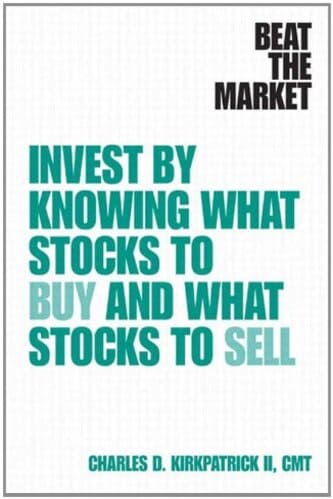
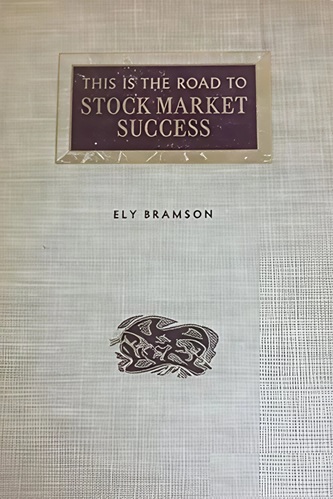
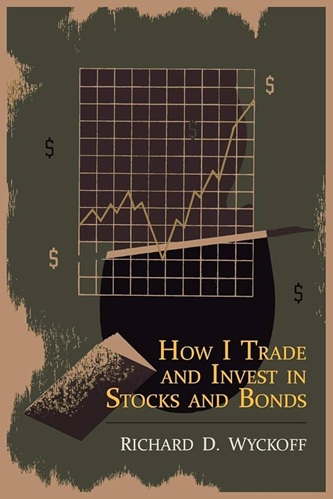
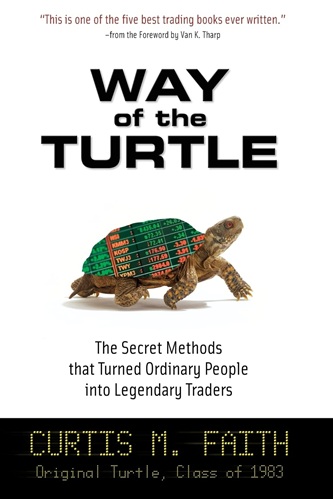
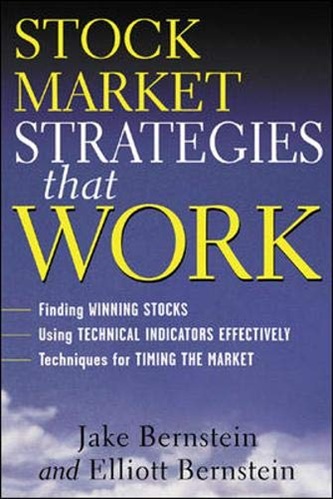
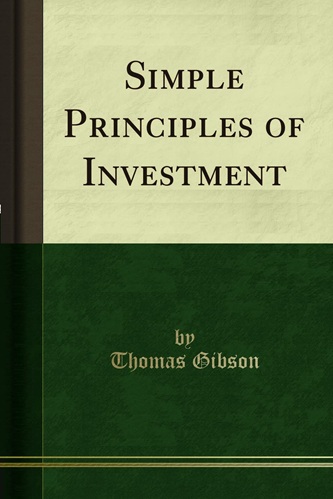
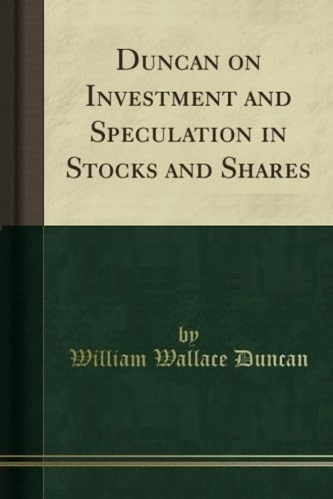
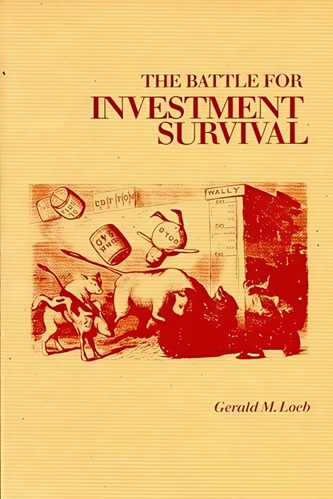

Ariella Blanchard (verified owner) –
I was expecting more technical guidance in this book which I did not find.
This is why I have given it three stars.
There are good insights
Audrey Beil (verified owner) –
This book provides a very simple formula for understanding what metrics to look at when reviewing stocks to purchase and sell. I particularly like how uncomplicated his portfolio management plan is. However because he focuses on relative strength, it does mean you need access to multiple data points across thousands of companies, which is not going to be easily accessible to the everyday person. If you have access to this through your broker, online websites, or your own custom built computer program, then you will likely have a portfolio that will consistently beat the market
Milena Moreno (verified owner) –
This is arguably the best investment book I have read (and I read quite few). Very well written and right to the point. Original ideas and points of view can be found on every page. After reading several chapters I signed up to the author’s newsletter and ordered his previous book “Technical Analysis: The Complete Resource for Financial Market Technicians”. Looking forward to reading this one.
Kimberly Vance (verified owner) –
This book is a rare find in the abundant population of investment literature. The author shares technical and strategic thoughts based on his vast experience, as well as providing a very precise and efficient system. Two points contribute to the value of this book. First, the author explains his system rationale based on both academic studies and his own personal research/experience. Second, the application of the system is provided with detail and precise indications on how to use it. Basically, the “why” and “how to” make the depth of this unique book. Highly recommended!
Olivia Cole (verified owner) –
This is one of the 10 best books on investing or trading I have ever read. I enjoyed it so much that I actually went back and researched Robert Levy’s groundbreaking 1968 study on relative strength (which by the way was roundly dismissed at the time). A touch of class by Kirkpatrick to give Levy much of the credit and to have dedicated the book to him. A much easier read in my opinion than Michael Carr’s book on RS. I read this on a plane trip from STL to KC which should tell you something about it’s lack of pretense. Big Hat tip to Pradeep at the terrific “Stockbee” site for recommending this one.
Casen Reyes (verified owner) –
I read the previous book Kirkpatrick co-authored, “Technical Analysis,” and so when I saw that he had a new book, I ordered it at once. It arrived on a Saturday morning. I started reading it and didn’t get up — couldn’t get up — until I finished it. I’ve read many books on the stock market. I only need this book to make money. Kirkpatrick is a leader in his studies of relative strength investing. (Several pages are devoted to his methods in Robert Colby’s “The Encyclopedia of Technical Market Indicators.”) He has been trading his techniques for 30 years and the results are astounding — far outperforming the market. His approaches are as simple and straight-forward as they are powerful. Moreover, nothing is proprietary. I am able to duplicate his methods myself without needing to subscribe to his newsletter, even though I do subscribe because I enjoy it. I particularly recommend his chapter on market timing — how to avoid getting caught in the horrors of a bear market such as we are experiencing now. I highly recommend this book.
Ariya Andrews (verified owner) –
I am usually not crazy about books that propound a simple way to beat the market. This is one of those books. What makes me willing to write a review about this book, is that the writer, Charles Kirkpatrick is willing to incorporate some fundamental measures into his analyses, notably price-to-sales, which will help with industrial companies, but not with financials.
This is a simple book that reinforces the idea that one needs to pay attention to valuation (in a rudimentary way), and also to momentum. Whiule I don’t endorse the specific methods of the book, I will say that for someone with a low amount of time, and wantingto do a little better than the market averages, he could do so over the intermediate-term with the methods in the book.
Note: I am not endorsing the technical methods in the book, but most of the methods boil down to momentum, anyway.
Miles Flowers (verified owner) –
The book is short ans succinct in describing his investment philosophy and methodology. Easy to understand and a quick read. I was able to duplicate his Bargain List results using a backtesting website called Portfolio123.com. Keep in mind that Kirkpatrick advocates the use of an overal portfolio filter to determine whether and how much you should be in the market. This is regardless what his stock screen is telling you to buy. Reason is his individual stock selection and disposition method, although will outperform the market over a cycle if fully invested at all times, can have some fearsome drawdowns in a short period of time when the overall market is in correction mode. This was borne out by my portfolio123 backtesting. So if you are sure the market is in a bull market, his methodology does really well. But you need to have portfolio-level risk management in place to control the losses.
Saige Short (verified owner) –
The main idea of the book is to buy stocks with low price sales, high relative strength, and high earnings growth. The concepts of low price sales, and high relative strength are useful ones. However, he has you rebalance every week or so, that your portfolio of stocks is equally weighted. This would kill you with taxes, and transaction costs.
I believe the reviews here were written by friends of the author. Let me tell you why.
I am active in the stock market community, and people who have written books, have actually offered to write a review, email it to me, and have me post it using my name.
I get Hulbert, which independently rates newsletters, and I did not see his newsletter rated. If you get his newsletter, you will see the Prudent speculator, no load fundx, investment quality trends, louis navelliers newsletters, and a few others as ones that have done very well.
Finally, none of the newsletters reviewed by Hulbert, have anything close to the results that are claimed here.
Katelyn Hodge (verified owner) –
I really enjoyed this book. It has minimal fluff, about 90% of it is useful information, and is not unnecessarily long (I read it in about 4 hours). This book presents a surprisingly simple system that the investor can use (or for $200 annually can subscribe to the author’s newsletter where he’ll do all the work for you) with surprisingly effective results. The system is based on ranking relative strength percentiles of securities against each other based on price and in some cases a fundamental criteria, and buying the stock if it meets the criteria (which is clearly outlined) and selling the stock once it meets other criteria (which is again clearly outlined). The system has been walk-forward tested, which means a computer ran it on its own for 17 years, which eliminated any look-back bias and the results are simply stunning. Also, all the results are clearly explained and accompanied by figures in the book which makes it only that much more clear and convincing.
Mr. Kirkpatrick is very accomplished in the field of Technical Analysis and having this nugget of wisdom available to the individual investor is pretty nice. Now, I must say that I have not actually tested the results claimed in the book for myself, but assuming the author is not misleading us, which would be pretty devastating to his credibility, I can say the results are easily duplicated and as a result this is one investment book that is staying on my bookshelf.
Myles Webb (verified owner) –
I found this a disappointing read. This book has what seems like a very effective investing methodology (numerous studies have been done showing that relative strength can be a very effective investing approach) and the author deserves credit for revealing that. That said, the book started strong mostly in its criticism of Wall Street and typical money management practices laying a foundation for the reader to take investing matters into their own hands. But I think this really could have been a long magazine article unless the reader is a novice, as much of the book seems like filler and basic investment stuff. If someone has experience and has read a few books on investing, the only worthwhile parts will be the information on the successful screens using a combination of relative strength (the main variable), price to sales ratios, some relative earnings growth rates, along with a healthy looking chart. Though not overly promotional for the authors newsletter, some sections such as “Putting It Together” seemed a bit disingenuous towards this end. I moved my star rating up to 3 because there is some discussion of a selling strategy and drawdown which seem like overlooked and very important components for an investor to have in their arsenal.
Emory Collins (verified owner) –
Charles Kirkpatrick is one of a select few who provides individual investors a valid method to outperform the market. There is so much crap out there – from popular investing shows to investment advisors – all there to simply entertain you, or worse yet, to take your money. New stock market investors have a hard time grasping the fact that the market is not here to make them money, it is here to take their money. If you are going to successfully invest in individual stocks you must learn to play with the pros. You absolutely need a valid stock selection method and buy and sell rules. All of these are provided in this book. From a time investment vs. performance yield perspective this book ranks at the top of the list.
To implement the methods presented in this book the reader has a couple of simple choices. You can subscribe to the author’s weekly newsletter for 195/yr (an incredible bargain), or if you prefer more of the DIY approach you can subscribe to a data source charting service, such as, High Growth Stock investor or Telechart. Either which way you will be using a method that puts you into winning stocks and gets you out when they start underperforming, locking in profits. Forget buy low sell high platitudes. You want to buy high and sell higher. You’re almost certainly not going to outguess institutional money with their resources and researh teams, so don’t play that game. Trying to do so is a low probability proposition for the average investor. Buying low also means buying stocks that the institutional investors find unattractive – that’s a big clue. If institutional investors want a stock you want it because their large volume purchasing pushes the price up. If they don’t want it you don’t want it. It is as simple as that. The relative strength methods presented in this book will put you into stocks that institutional money is buying.
Are you an investor managing a brokerage account, IRA or 401k, but don’t know much about how to make money in indivual stocks and are afraid to learn? Are you stuck in mutual funds and tired of their fees and lackluster performance? Are you willing to do just a little work on weekends to adjust your portfolio? This book is perfect for you.
Nathaniel Roth (verified owner) –
Great book amazing author
Adler Clayton (verified owner) –
This book is a disappointingly short and incomplete discussion of relative strength as an investment tool. I was hoping for more research and testing. The book ends up being a thinly-veiled pitch for the author’s website and paid services.
Hezekiah Burgess (verified owner) –
This is one of the finest investment/technical analysis books I’ve ever read – and I’ve read most of them.
Ariel Smith (verified owner) –
As expected
Reign Livingston (verified owner) –
First of all, I want to say that I really enjoyed reading Charles Kirkpatrick’s book Technical Analysis: The Complete Resource for Financial Market Technicians. I was thoroughly looking forward to reading this book. However, after reading it, I felt somewhat dissatisfied. The first 6 or 7 beginning chapters were all fluff about market philosophy and mistakes investors make (amateur traders may get some good pointers out of it, however), and the last half of the book I already knew about from reading O’Shaughnessy’s books. Kirkpatrick did add some of his own pointers which were interesting, but I did get a little turned off that everything led up to the reader subscribing to his newsletter.
Anyway, I will try a couple of pointers he had in this book for my own methods, but I do have to say, I was a little let down by Kirkpatrick – especially since the last book was so resourceful to my trading strategy.
Lukas Schmidt (verified owner) –
I’ve read a lot of investment/trading books over the years and this one is at the top. Do not let the 156 pages and $15 price tag fool you. This book, IMO is more important and valuable than many books 3 times as much and 5 times the size. There is a wealth of information on each and every page by someone who has been in the business for over 40 years. If you are an investor or trader, I strongly recommend getting this book, you won’t be dissapointed. The simplicity of the method is backed by years and years of research.